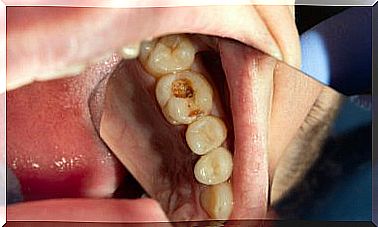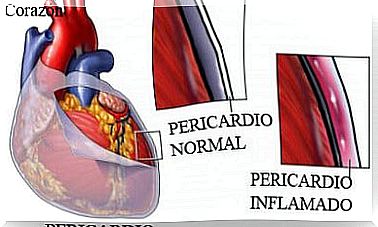Physiology Of The Liver
Thanks to the functions performed by the liver, it is possible to process different substances that maintain the normal functioning of the body.
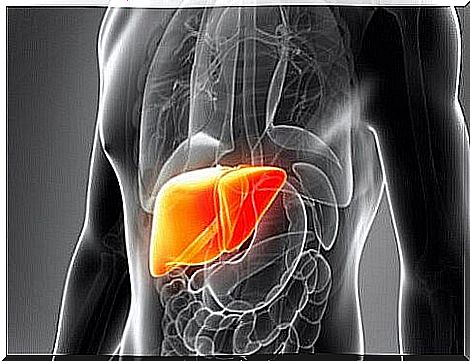
The physiology of the liver is complex, one of the true wonders of the human body. In fact, the role of this organ is vital for the body. It carries out its work by carrying out highly specialized processes that are fundamental to health and life.
It can be said that the liver works like a processing plant. From there elements and compounds are transformed and released that go to the other organs. It has three sets of basic functions: vascular functions, metabolic functions, and secretory and excretory functions.
Thus, within the physiology of the liver , the following processes stand out: filtration and storage of blood , metabolism, formation of bile, deposit of vitamins and iron and synthesis of coagulation factors.
Physiology of the liver and vascular functions
The physiological nature of the liver makes it behave like a reservoir of blood. That is, this organ is capable of storing up to 10% of the total volume of blood. This means that it can accumulate up to a liter and a half of blood when the volume, or total blood volume, becomes excessive. Likewise, supply additional blood, if the volume decreases.
At the same time, the physiology of the liver allows this organ to act as a filter for the blood coming from the intestine. Next, Kupffer cells, or macrophages that reside in the liver, absorb and neutralize viruses, bacteria, parasites, and macromolecules.
In this way, they act as a barrier for microorganisms and toxins that come from the intestine. They also play an important role in antigen processing.
Metabolic functions
The metabolic functions in the liver are carried out by cells called “hepatocytes”. Its action is exerted on different nutrients:
- Fats
- Proteins
- Carbohydrates
In addition, in the metabolization of each of them, various functions are set in motion. Let’s look at this in more detail.
Carbohydrate metabolism
The physiology of the liver in carbohydrate metabolism allows the following functions to be performed :
- Gluconeogenesis.
- Glycogen storage.
- Transformation of galactose and fructose into glucose.
- Formation of chemical compounds from intermediate products.
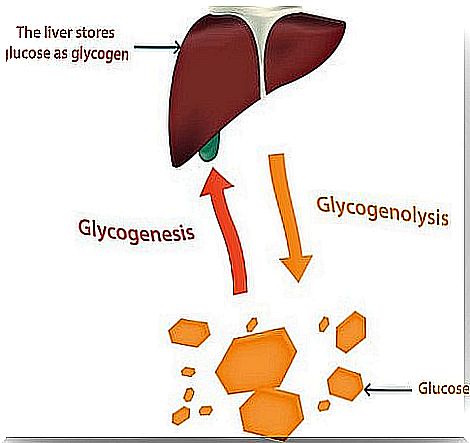
What the physiology of the liver allows is to regulate glucose concentrations in the blood. If glucose grows beyond normal limits, the excess is removed. If there is a deficit, the liver releases glucose to make up for it. To achieve the first, it performs complex processes called:
- Glycolysis
- Lipogenesis.
- Glycogen synthesis.
For the second task, it carries out the processes of glycogenolysis and gluconeogenesis.
Fat or lipid metabolism
Although the metabolism of fats can be carried out in several cells, this process is carried out more quickly in the liver. The functions that this organ fulfills in lipid metabolism are the following:
- Beta-oxidation of fatty acids and formation of acetoacetic acid.
- Formation of a good part of lipoproteins.
- Formation of significant amounts of phospholipids and cholesterol.
- Conversion of proteins and carbohydrates into fatty acids.
In the liver, the synthesis of cholesterol takes place, which is used by the body for different purposes. In the metabolism of fats, the production of triglycerides also takes place.
Protein metabolism
Protein metabolism is one of the determining chapters in liver physiology. If this process is not done for just a few days, death occurs. The most important functions performed in this process are the following:
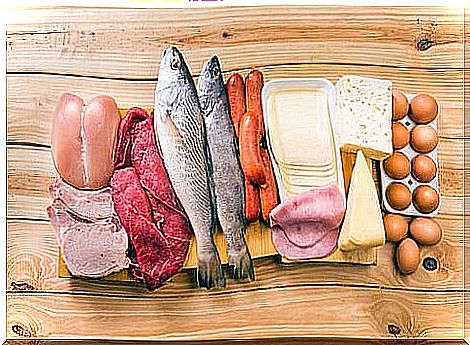
- Deamination of amino acids.
- Formation of urea to remove ammonia from body fluids.
- Formation of around 90% of plasma proteins.
- Mutual conversion between amino acids and other compounds.
Other metabolic functions of the liver are:
- Storage of vitamins.
- Iron storage.
- Elimination of drugs, hormones and other substances.
- Production of substances involved in coagulation.
Secretory and excretory functions
One of the many tasks that take place within the framework of the physiology of the liver is to form and secrete bile. This substance is involved in digestion processes, in which it acts as an emulsifier for fatty acids.
This means that it converts these fatty acids into small droplets so that they are more easily attacked by digestive juices.
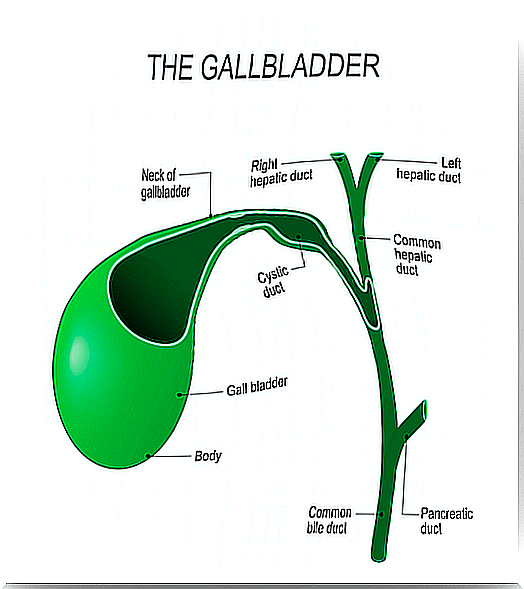
The liver secretes bile in two stages, thanks to hepatocytes. Ultimately, this substance is stored in the gallbladder until it is required by the duodenum (small intestine). In turn, bile is the main route for the elimination of cholesterol.
Liver health is achieved with good habits
Like other parts of the body, the liver takes care of itself in a very simple way: by maintaining good lifestyle habits. This reminds us – once again – that if there is something that the body rewards, it is constancy and coherence. Therefore, it is always worth taking care of yourself, in every aspect.
In case you experience discomfort and consider that something is not going well with your liver health, it is best to go to the doctor and get a check-up. The sooner you have a diagnosis and treatment, the sooner you will feel better.
